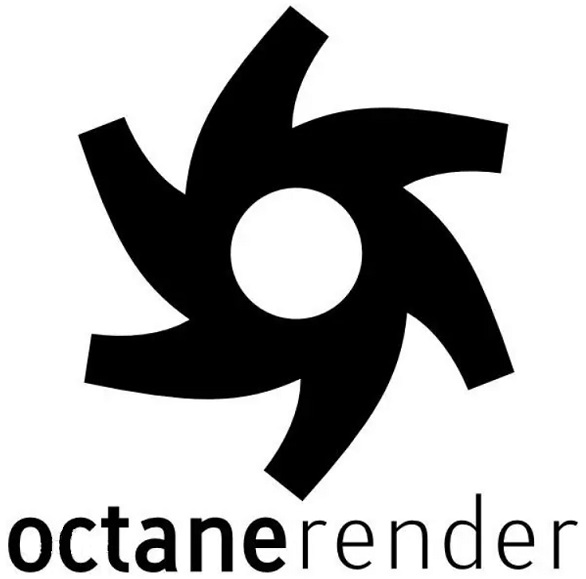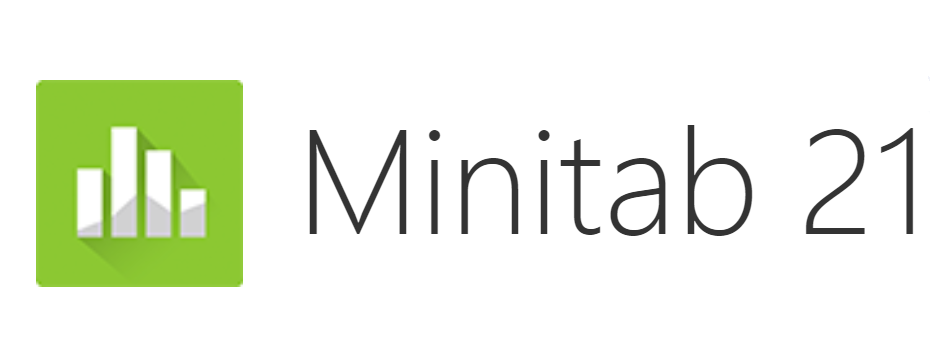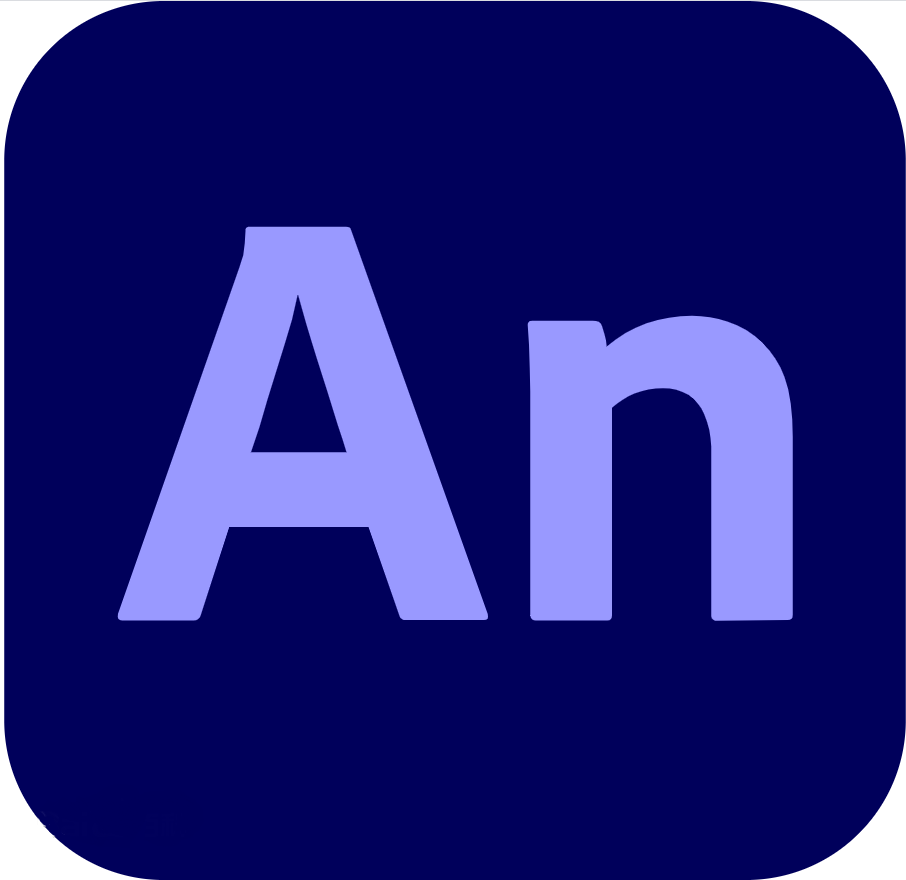1гҖҒ How does Geomagic divide a set of models into two?
Firstly, if you have a large model and want to divide it into two smaller models, there is definitely a way! Actually, splitting a model in Geomagic is super easy. Follow me step by step below:
Find the right tool: First, open Geomagic and find the model you want to split. Next, go to the "Edit" menu and find the "Split" or "Cut" tool. The tools here are very intuitive, just click in to find the "Split" option.
Select the cutting position: Alright, next, you need to choose where to cut the model from. Geomagic provides a "cutting plane" tool, which can be easily dragged to divide the model into the parts you want. You can adjust the direction and angle of the cutting surface as you wish, and cut wherever you want!
Click on Cut: Once the cutting surface is set, click the "Execute" button, and Geomagic will automatically cut the model into two independent parts for you. And miraculously, the software will automatically correct the details of each split part to ensure that they are intact and undamaged.
Repair and adjustment: After cutting, there may be some minor issues such as irregular edges or missing parts. At this point, don't worry, Geomagic has repair tools. You just need to select the problematic area, and the software will help you clean it up.

2гҖҒ How does Geomagic split model components?
Many times, we are not just splitting the entire model, but also splitting certain parts within the model. This operation is often used by many engineers and designers, especially when encountering complex assemblies or parts that need to be disassembled. Come and see how to do it in Geomagic:
Select the part to be split: First, open your model and choose the part you want to split. You can directly click on it, and Geomagic will automatically highlight the selected part, super clear!
Define split face: Next, select the "Cut Plane" tool to define a split face. You can drag the plane onto the model as needed to adjust its position and angle. It's very convenient, you can set the plane wherever you want to split it.
Splitting operation: After setting the splitting surface, click the "Split" button directly, and Geomagic will automatically split the components for you. This process is very fast, and each part after disassembly can be processed independently, which is very suitable for handling complex components.
Optimization and adjustment: After splitting, you may see some details that need to be corrected. For example, there may be unnecessary excess parts or edges that are not smooth enough during the splitting process. At this point, Geomagic's repair tool comes in handy, and you only need to use it to perform simple repairs on the parts that need to be processed.
Splitting components is actually not that complicated, right? This allows you to easily disassemble the parts, making subsequent operations more flexible.

3гҖҒ How does Geomagic draw standard graphics?
Okay, after discussing the operation of segmentation models, let's take a look at how Geomagic draws standard graphics. You must know that many times, 3D models are not just for display, we also need to convert them into standard 2D engineering drawings for further design and processing. Geomagic is also very powerful in this regard.
Select View: Firstly, you need to choose the appropriate view angle. Which direction of graphics do you want? Front view, side view, or top view? Geomagic is available. After selecting the view you want, the model will automatically display in the direction you set.
Adjust projection parameters: Next, adjust the projection parameters of the graphic. You can set the scale, line of sight, etc. of the graphics to ensure their accuracy. The standard graphics generated in this way can accurately match the actual model.
Generate standard graphics: After all the parameters are set, you can click the "Generate Standard Graphics" button. Geomagic will automatically convert the 3D model into a 2D view. This process is not only fast, but also the converted graphics have very high accuracy.
Post editing: After the graphics are generated, you may need to make some small adjustments, such as adding dimensions, adjusting line thickness, adding annotations, and so on. Geomagic also provides very powerful editing tools to help you precisely adjust every detail.
Through these steps, the 3D model can be easily converted into standard graphics, which is very convenient, especially when doing engineering design or preparing for production in the later stage.










